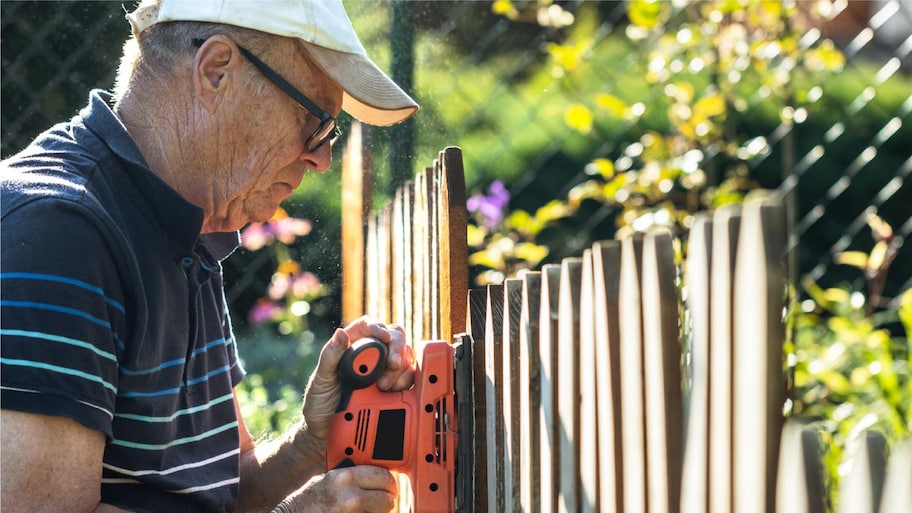Plumbers Aurora CO maintain the water supply and drainage systems in homes, buildings, and factories. They are usually employed by plumbing companies, but may also be self-employed.
Plumbers require good manual dexterity and the ability to solve complex problems. They must be able to read and interpret blueprints and drawings. Other job skills include estimating costs and materials and adhering to health and safety regulations.
Plumbers install the pipes and fixtures that carry water, waste, and gases to and from buildings. They may work on small-scale plumbing systems in homes or large-scale ones in hospitals and factories. Their tasks can include unclogging drains, installing bathtubs, sinks, and toilets, repairing leaks, and setting up dishwashers and washing machines. Some plumbers specialize in particular areas of the field. For example, sanitary plumbers specialize in installing and repairing pipes that deal with human waste.
Plumbing is a trade that requires manual dexterity, attention to detail, and the ability to work with tools. It is also a career that requires ongoing training and certification to stay up-to-date with new technology and techniques. Plumbers often learn their trade through an apprenticeship, which takes four or more years to complete. Related work experience or the completion of a college or technical institute program can reduce the amount of time needed to complete an apprenticeship.
Once a plumber has completed an apprenticeship, they can apply for a journeyman plumbing certificate. Journeymen plumbers have extensive experience with installations, repairs, and maintenance and can supervise apprentices. Some plumbers choose to become master plumbers, which requires additional education and a rigorous exam.
One of the most important skills for plumbers to have is customer service. They must be able to listen to customers’ concerns and explain complex problems in simple terms. They also need to be able to troubleshoot, which means understanding what is causing a problem and how to fix it.
The most common job for a plumber is servicing and repairing residential plumbing systems. They can deal with issues such as leaking faucets, clogged pipes, and noisy toilets. Some plumbers also specialize in other areas, such as drainage systems and septic systems. Plumbers can be employed by plumbing companies, construction firms, or the maintenance departments of businesses and government agencies. They can also be self-employed and operate their own plumbing businesses. They usually need to have their own tools, including power drills and pipe cutters. Some plumbers also need to have a license, which is required in most states and provinces.
Repair
Plumbers repair plumbing fixtures and systems in homes, businesses, and industrial settings. Their work includes installing and repairing pipes that supply water, gas, and drainage. They also install sinks, toilets, bathtubs, and other kitchen and bathroom fixtures. Plumbers must have strong problem-solving skills to identify and resolve issues such as leaks, clogs, and broken pipes. They often use hand tools and power tools to make repairs. Plumbers may also need to work with hazardous materials such as asbestos and lead.
Residential plumbers usually perform routine maintenance tasks, such as adjusting pipe pressure and unclogging drains. They may also install new plumbing fixtures, such as faucets and garbage disposals. They can also repair and maintain septic systems and water heaters.
Commercial plumbers typically have more advanced training and expertise in working with larger-scale plumbing systems, such as those found in hospitals, manufacturing plants, and schools. They are also skilled at working with and around dangerous equipment like steamers and boilers.
If a pipe is leaking, it is important to turn off the water supply valve immediately to stop the flow of water and minimize damage. Then, use a dry rag to thoroughly wipe down the affected area and clean up any remaining debris. Next, cut a piece of sheet rubber to fit over the damaged section of pipe and position it over the hole. Finally, tighten a pair of worm-gear hose clamps over the rubber patch and pipe to secure them in place. This is a temporary fix that should last until a plumber can arrive to repair the leak permanently.
Plumbers must have good communication skills to explain complex problems to customers and collaborate with other construction workers. They must also be able to read blueprints and understand technical specifications. Some plumbing jobs require them to travel to different locations to install or repair pipes. In addition, they must be able to work well under pressure and have the stamina for physical labor. Plumbers also need to be able to work on weekends and holidays when pipes break or clients need emergency services.
Maintenance
Whether it’s fixing a leaky faucet or installing a new toilet, plumbers have the skills and tools to get the job done right. They work on water, gas, and sewage pipes, fixtures, and appliances in residential and commercial buildings and must keep up with the latest technologies in plumbing. They also have to meet strict safety and health standards.
Plumbers have a wide range of career options available to them. They can choose to specialize in a specific type of plumbing job, such as sanitary plumbing or gas plumbing. Some choose to become apprentices, which gives them on-the-job training and a chance to earn a wage while learning the trade. Others attend technical schools to learn more about pipe system design, blueprint reading, and welding. Once they’ve completed their schooling, they can then apply for an apprenticeship program with a union or a private company.
A plumbing career requires a high school diploma or equivalent and specialized training in pipe systems. Most plumbers complete an apprenticeship program that lasts four to five years. During this time, they’ll receive classroom instruction and hands-on experience. Apprenticeship programs include classes in pipe system installation, blueprint reading, and safety.
After completing their apprenticeship, plumbers can seek employment at construction companies or become self-employed. They can also choose to further their education by earning a bachelor’s degree in plumbing engineering technology. This will allow them to design plumbing systems for new buildings or make improvements to existing ones.
As a plumber, you’ll interact with many different people on a regular basis. You’ll need to be able to communicate with assistants, managers, business owners, material suppliers, and homeowners. You’ll also need to be able to explain complex ideas and processes in simple ways. This will help you build trust with your customers and ensure that all parties involved understand what is happening.
In addition to these skills, plumbers must have physical stamina due to the demanding nature of the job. You’ll often be working in tight spaces where you need to bend, reach, and crawl. You may also be on call for emergency services, so you’ll need to be flexible with your schedule.
Design
Plumbing fixtures and fittings are the pipes, taps, tubs, shower heads, toilets, and other devices that convey water in a home or building. They can be installed for a wide variety of purposes, including heating and cooling, waste and junk removal, cooking and drinking water delivery, and more. The type of plumbing fixtures you choose will depend on your family’s needs and your budget. For example, you might opt for a high-efficiency faucet to reduce your water bill or a touchless fixture to keep the kitchen clean. In addition, you may want to install handicapped-accessible fixtures to accommodate elderly or disabled members of your household. These products include raised toilet seats, walk-in bathtubs and shower stalls, and touchless faucets. They may require additional installation skills, such as those of an electrician.



